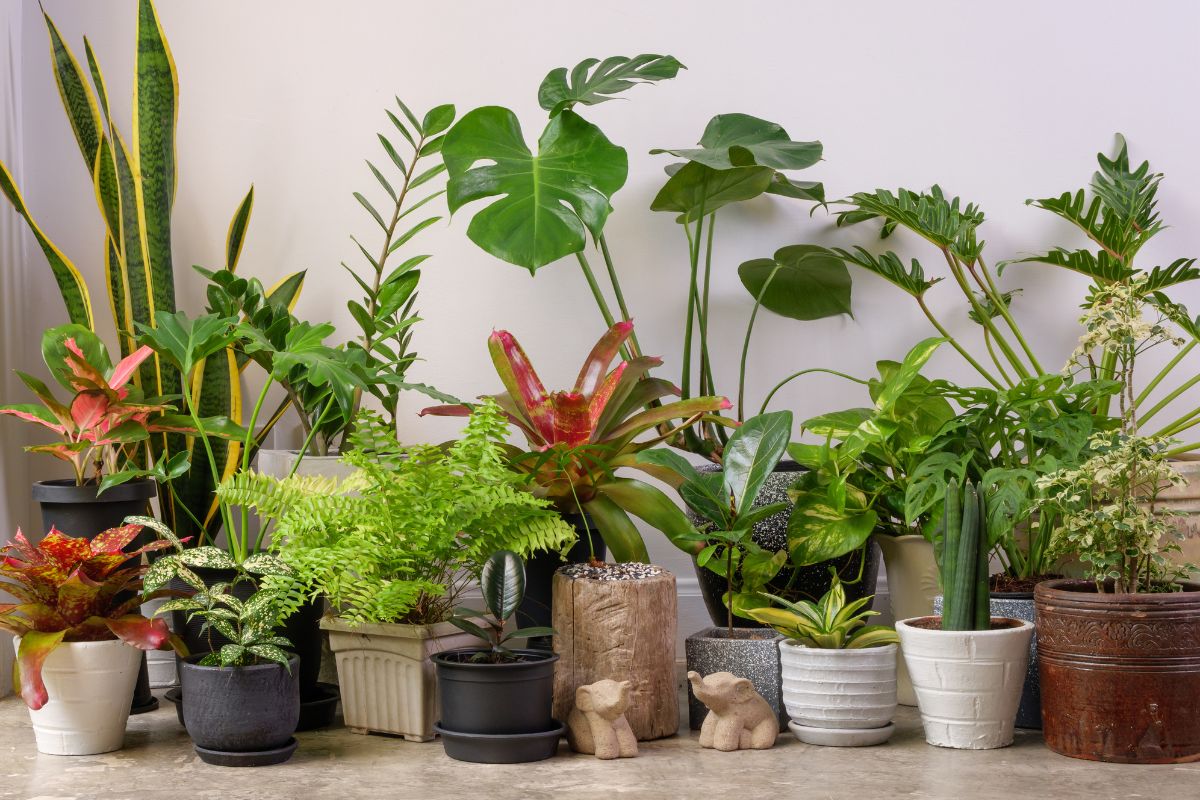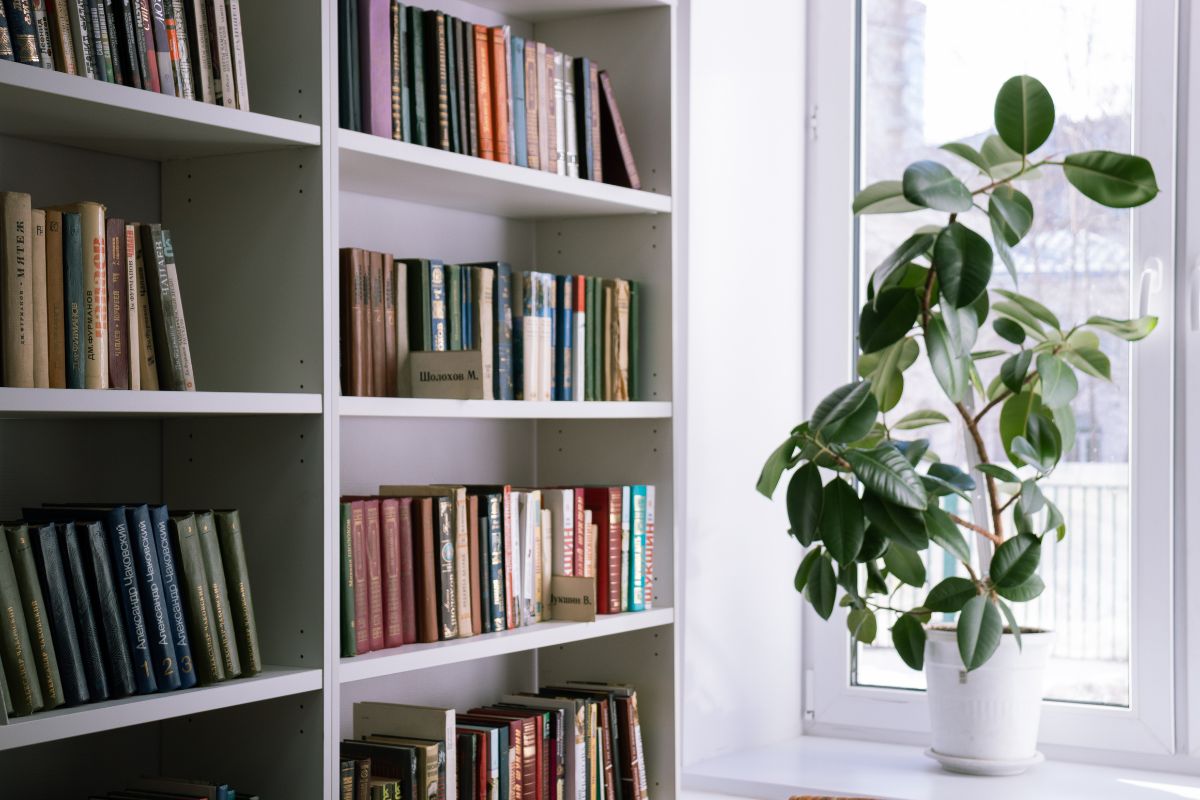Covering Plants for Frost
Should I cover my plants at 39 degrees? Most gardeners have blankets and materials on hand to protect plants from frost. Additionally, frost blankets with different levels of frost protection are available.
Protecting plants from wind, sun, hail, and pests is another reason to cover them, and floating row covers are the perfect solution. Row covers can last for weeks or months, but you must remove frost protection daily.

Should I Cover My Plants at 39 Degrees?
When the temperature stays at 28 degrees for more than five hours, most plants start to freeze. When the temperature drops to 32 to 33 degrees Fahrenheit (0 to 0.55 degrees Celsius), seedlings and their delicate leaves frequently give up. Tropical plants can withstand low temperatures of up to 40 degrees Fahrenheit (4.44 degrees Celsius).
Plants and bushes may suffer when the weather starts to cool. Plants might feel the chill around 39 degrees Fahrenheit (3.88 degrees Celsius) and need a cover merely to be safe.
How to Cover Plants From Frost?
To reduce your burden when expecting frost, stake and frame plants before the cold. Before dusk, cover the plants with frost to trap ground heat that will slowly reradiate beneath the frost cover over the night. Remove the coverings the following day once it is warmer than freezing so the sun can reheat the earth.
If the covers get wet, dry them before using them again. You can layer frost coverings depending on the anticipated level of cold. If you expect a low of 29 degrees Fahrenheit (-1.66 degrees Celsius), start by covering them in a frost blanket.
If several degrees lower temperatures are forecast, add a layer of plastic sheeting over the top. Remove the following morning.
Row covers contain internal pores that allow light and air to flow through. Row coverings can therefore stay longer than frost covers. Midweight row coverings let in 75 to 85% of the available light while containing severe winds and rain. Lightweight row covers allow 95 percent of the light to get through.
If you seal the cover’s edges to the soil, both weights keep out pests, including aphids, caterpillars, squash bugs, cucumber beetles, and birds. When the plant blooms, remove the row coverings to let pollinators in if your crops, such as squash, tomatoes, and peppers, require pollination.
Keep coverings on leafy greens until you’re ready to harvest the crop. Keep the covers on longer for vegetables that are in season. Remove the row coverings to make harvesting tomatoes with ripe fruit easier and increase light levels in the late summer.
Lifting the covers of plants that require pollination will allow bees and other pollinators to enter and exit the covered garden bed easily. To allow the flowers a chance to pollinate organically, let the breeze also flow.

What Temperature is Frost for Plants?
Although plants can withstand a wide range of temperatures, there are some thresholds that they must meet for them to grow and thrive.
The most frequent plant damage when the temperature is below 32 degrees Fahrenheit (0 degrees Celsius) is frost. Up to 32 degrees Fahrenheit (0 degrees Celsius), plants will grow normally in the low-temperature zone, but in cold areas, frost may form on stems or leaves beyond this point.
Frost damage may be quite costly to plants when it occurs. The damage might be as minor as browning leaves or as severe as the plant dying entirely. To save needless effort and financial waste, it is crucial to identify whether frost killed your plants.
The stems and dead or dying leaves will be abundant, and the leaves will be brown. The color of the plant will be noticeably yellow or turn brown. If your plants exhibit these symptoms, frost is the primary cause.
It is best to inspect the leaves of indoor plants for frost damage as soon as possible after a frost. To achieve this, gently push down on the tops of the leaves with your hands while feeling for any elevated or bumpy places.
It is simpler to determine whether the leaves are frosty if a plant is outside. Simply observe how much water emerges from the junction of the stem and the leaf to determine this. The plant has injuries if you can see water pouring from the junction of the stems and the leaves; however, if no water comes out, everything is alright.
At what temperature should you cover your plants at night? Plants may require covering if temperatures stay below 25 degrees Fahrenheit (-3.8 degrees Celsius) for a longer period, but they can likely withstand a brief nighttime cold spell.
While some plants will soon display symptoms of frost damage on their leaves, others might not until they sustain moisture damage to their roots.
How cold is too cold for flowers to be outside? Long-flowering plants with tubers, bulbs, or rhizomes are resistant to frost. Various flora, including tulips, hyacinths, narcissus, and many others, are among them.
Steps to Take if You Decide to Cover Your Plants When it’s 39 Degrees or Lower
Know When to Expect Frost
The first and most crucial thing to know is this. Remember the dates of the first and last frost. The first day of the year that frost occurs is popular as the first frost day when the weather starts to cool.
A week or two later, the first freeze date of the year arrives as the weather starts to chill. Most plant deaths result from this. Due to climate change, these dates won’t always remain the same, so you’ll have to wait and observe when the frost starts to show each year.
Know When to Expect Frost
The weather starts to warm up as springtime draws closer. The typical last frost date is the last day of the year, on which you may count on a frost.
Always keep an eye on the nightly lows by checking the weather report frequently or setting up a weather app alert.
Analyze the Frost
Check the start of low temperatures and how long they last at a low or freezing point. While it is true that low temperatures damage plants, very cold temperatures that persist for several hours are significantly more damaging to plants than low-freezing temperatures that endure for only an hour or less.
Remember to consider how long the temperatures will stay at the same level in addition to reviewing the weather report. Additionally, there are crucial details you must learn:
- Frost advisory: During this time, temperatures may drop as low as 36 to 32 degrees Fahrenheit (2.22 to 0 degrees Celsius).
- Freeze warning: There’s an issue of a freeze warning when there is an 80% possibility that the temperature will drop to 32 degrees Fahrenheit (0 degrees Celsius) or lower.
- Light Freeze: Tender plants will perish in this temperature range of 29 to 32 degrees Fahrenheit (-1.66 to 0 degrees Celsius).
- Moderate Freeze: This temperature ranges from 25 to 28 degrees Fahrenheit (-3.88 to -2.22 degrees Celsius) and is quite harmful to most vegetation.
- Severe or Hard Freeze: Most plants sustain significant damage when temperatures drop to 25 degrees Fahrenheit (-3.88 degrees Celsius) or lower.
Assess the Plants and Prioritize
Some of the plants in your yard are hardy because they can withstand a brief frost. However, those that are more vulnerable will suffer harm or perish from the cold.
Hardy plants will survive the frost even without any protection. Plants with delicate leaves should get priority for safeguarding before frost damage.
Prioritize your time, effort, and resources by focusing on the plants that are most important to you first. First, cover plants that are close to maturing to prevent harvest loss. You deserve a good harvest because you worked hard to grow those plants.
What to Cover Plants With for Frost
Keep an eye out as soon as the temperature starts to freeze. Cover your plants with sheets, blankets, towels, cardboard, or a tarp when the temperature stays below 28 degrees Fahrenheit (-2.22 degrees Celsius) for five hours. Don’t let the coverings touch the leaves; cover the plants before dark to keep them warm. Make sure to secure your blankets if expecting strong winds.
In the morning, when temperatures are higher and the frost has melted, remove the coverings. Under solid coverings, heat from the sun might accumulate and destroy the plants from high temperatures.
In the winter, old comforters, burlap, and blankets shield garden plants. Garden centers offer different cover weights. Use frost blankets to guard against 8 degrees Fahrenheit (-13.33 degrees Celsius) of frost. Row covers that are midweight offer 2 to 4 degrees (-16.66 to -15.55 degrees) of protection.
To prevent covers from touching the vegetation, support them with frameworks or stakes. Give the cover edge enough overhang to lay flat on the ground. To prevent the cover from blowing away and the heat from under the cover, weigh down the edge with pebbles or sandbags. Overnight, ice covers remain in place.
What NOT to Use as Plant Frost Protection
Plastic is one type of coverage that does not provide frost protection when in touch with plant foliage.
Frost damage will appear where the plastic meets the plant. Therefore, plastic, in this instance, causes more harm than good.
You may prevent frost damage to your frost-sensitive plants by using the advice in this article, and once spring arrives, you can look forward to their vibrant blossoms. To avoid a disaster later, it is a good idea to adhere to these suggestions for fall activities.
So, pay attention to the local weather forecast and prepare your plant covers when expecting the temperature to drop below 32 degrees Fahrenheit ( 0 degrees Celsius).

Recap
Many people don’t understand how to protect plants from frost. You can decide to plant early to avoid the damaging effects of frost.
You can skip all the work involved in covering even if you are ready to do so when the temperature drops to 39 degrees Fahrenheit (3.88 degrees Celsius) or lower. By doing this, you may harvest your crops on schedule and prevent dealing with frost.
